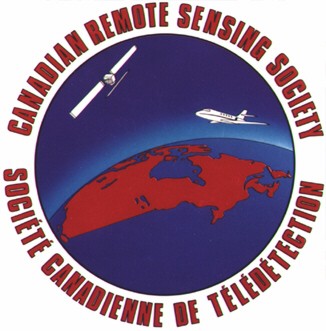• Dr. John Gamon, Professor
Departments of Earth & Atmospheric Sciences and Biological Sciences
University of Alberta
Summary:
SpecNet (Spectral Network) is an international collaboration of sites and investigators exploring the links between remote sensing and ecosystem processes,
with a particular focus on ecosystem fluxes. Begun in 2003 as a “Working Group” at the National Center for Ecological Analysis and Synthesis (NCEAS)
in Santa Barbara, California, early SpecNet meetings reviewed methods for multi-scale optical sampling with the purpose of defining standards and
facilitating cross-ecosystem analyses of flux models driven by remote sensing. SpecNet has provided a forum for developing novel field optical sampling
approaches, including the use of automated field sampling and multi-scale analytical approaches. An additional goal has been to define methods for validating satellite data.
SpecNet is evolving into a virtual community taking advantage of web-based dissemination tools and web 2.0 technologies to facilitate exchange of data and methods.
Current activities include development of vegetation spectral libraries and open source processing and analytical tools for spectra, in part through the GeoChronos portal.
SpecNet remains a community-driven collaboration, with the goal of advancing our understanding of ecosystem states and processes through integrated, multi-scale optical sampling.
This workshop will review some of the methods used and science goals addressed by the SpecNet community, with an emphasis on physiological applications,
including carbon and water vapour fluxes. The workshop will include a field trip to a local grassland site equipped with eddy covariance, a tram system, and field radiometry.
The workshop will review field methods and evolving methods for data processing and integration over the web, including the development of spectral libraries and modeling applications.
Topics for workshops:
Informatics requirements for effective vegetation spectral libraries.
Field spectroscopy sampling methods for vegetation.
Scaling in time and space – linking multi-scale sampling approaches.
Finding needles in haystacks – methods for separating physiological and structural signals in vegetation spectral reflectance.
What’s your angle? – angular sampling considerations and what we can learn from them.
Linking empirical methods to models.


 Image mosaic of Lethbridge coulee landscape - UofL MARSS imaging system
Image mosaic of Lethbridge coulee landscape - UofL MARSS imaging system

 Image mosaic of Lethbridge coulee landscape - UofL MARSS imaging system
Image mosaic of Lethbridge coulee landscape - UofL MARSS imaging system